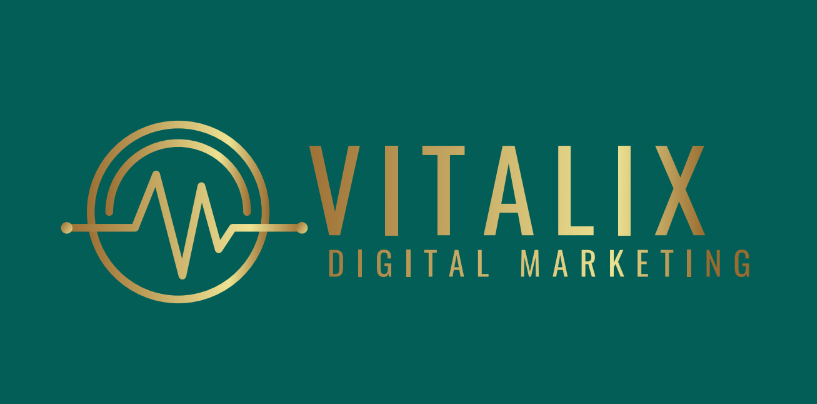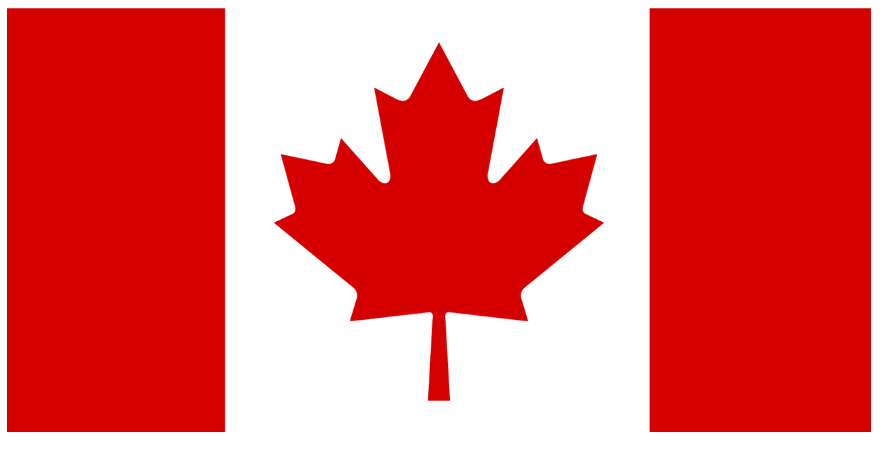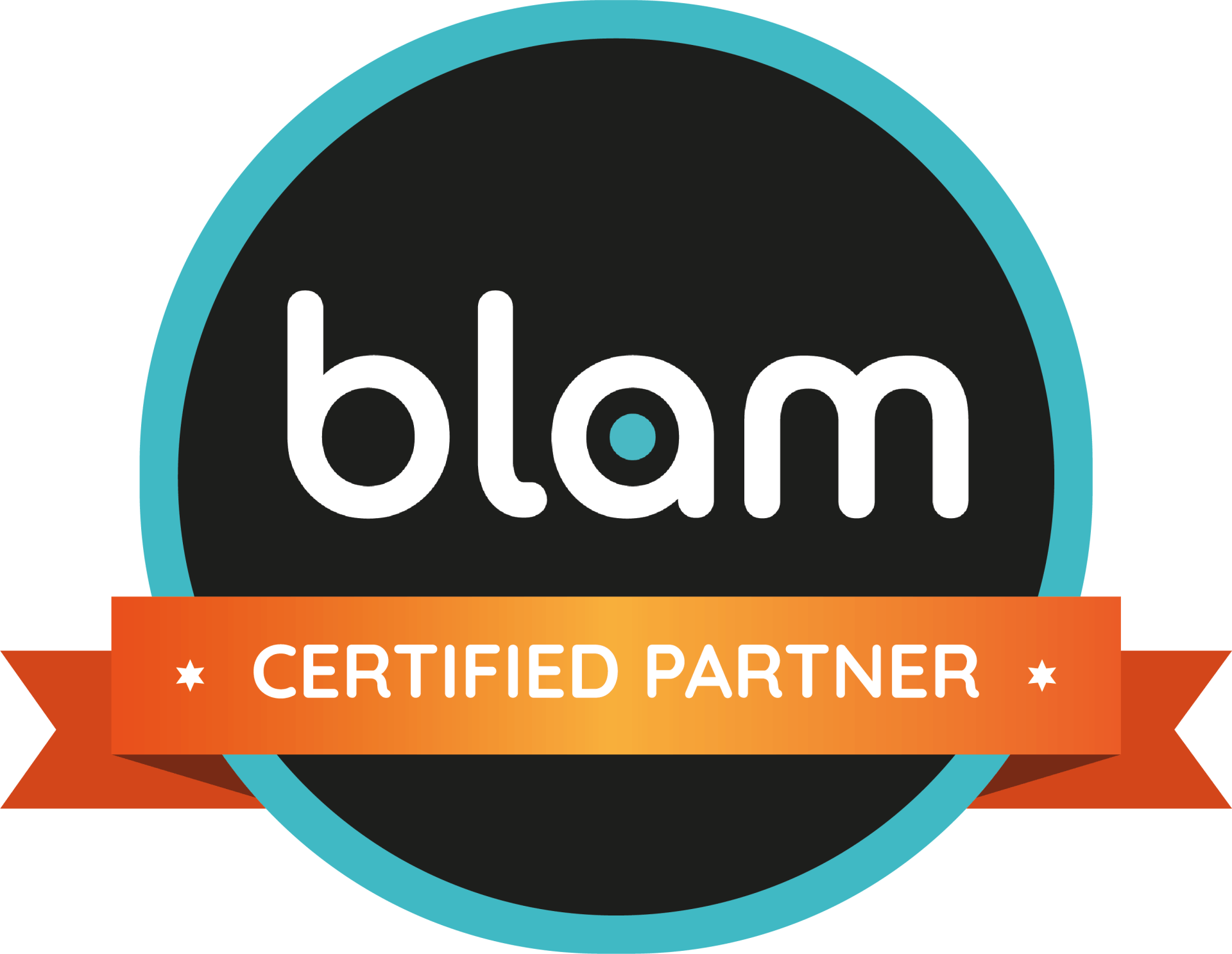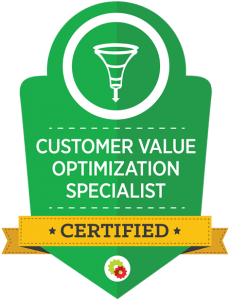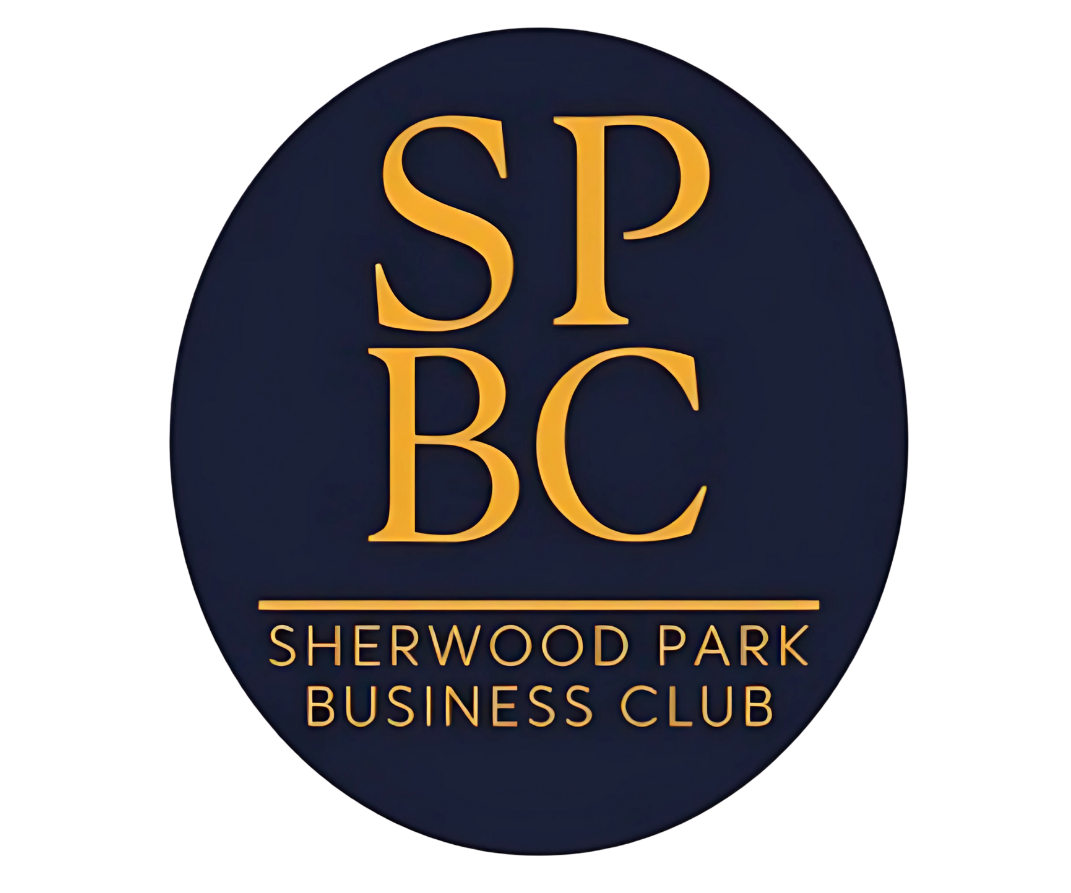Personalization in Wellness Marketing
The Key to Winning Over Modern Consumers

The wellness industry is booming, and it’s showing no signs of slowing down. With a global market valued at $6.3 trillion in 2023, people are investing in themselves more than ever before. But here’s the thing—today’s consumers don’t just want another product or service. They’re seeking solutions tailored specifically to their unique needs and goals.
That’s where personalization comes in. It’s not just a marketing buzzword; it’s a proven way to build trust, increase engagement, and create loyal customers who feel seen and valued. In this post, I’ll walk you through why personalization is essential for wellness brands and how you can start implementing it today.
Why Personalization Matters in Wellness Marketing
Consumers want solutions that fit their lifestyles and values. This is especially true in the wellness industry, where health-conscious customers are looking for products and services that align with their personal goals.
In fact:
- 78% of consumers are more likely to choose wellness brands with an authentic online presence. Global Wellness Institute.
- Brands using personalized marketing strategies see an 85% increase in engagement. Epsilon.
- The personalized nutrition market is projected to grow significantly, reaching $16 billion by 2027. Market Research Future.
When your brand shows up with personalized solutions, it sends a clear message: We see you. We understand you. And we’re here to help.
The Benefits of Personalization for Wellness Brands
1. It Increases Engagement
Tailored content grabs attention. Think about it: would you rather get a generic “Welcome to Wellness!” email or one that says, “Hi [Your Name], here’s a personalized plan to crush your health goals this month!”?
2. It Builds Loyalty
When people feel understood, they stick around. Personalization fosters a deeper connection between your brand and your customers, turning one-time buyers into lifelong fans.
3. It Boosts Conversions
Personalized recommendations simplify decision-making. For example, a skincare brand that customizes routines based on skin type is far more likely to convert leads into buyers.
How to Personalize Your Wellness Marketing
1. Get to Know Your Audience
You can’t personalize anything without understanding your customers. Use tools like surveys, quizzes, or Instagram polls to gather insights about their preferences and goals.
Example: Rootine’s vitamin quiz is a fantastic way to learn about customers and offer tailored supplement packs based on their answers.
2. Use Dynamic Content
Email marketing? Make it personal! Address your subscribers by name, and offer recommendations based on their past behavior. For example: “Hey Sarah, ready to level up your workouts? Check out these HIIT routines we’ve picked for you.”
Create personalized landing pages for website visitors. For instance, if someone reads a blog post on meditation, suggest mindfulness programs or guided practices.
3. Offer Interactive Tools
Interactive features like quizzes, calculators, and assessments are goldmines for engagement and data collection.
Example: A wellness brand might create a tool like, “What’s Your Wellness Archetype?” to recommend products or services based on the user’s results.
4. Segment Your Audience
Not everyone in your audience has the same goals. Divide customers into groups based on their preferences, such as:
- Beginners seeking foundational guidance.
- Intermediate users ready for advanced tools.
- Loyal customers looking for exclusive perks.
This way, your marketing speaks directly to where they are in their wellness journey.
Challenges of Personalization (and How to Overcome Them)
1. Privacy Concerns
Consumers are cautious about data collection, and rightfully so. Be transparent about how you’re using their information and ensure compliance with regulations like GDPR and CCPA.
2. Striking the Right Balance
Too much personalization can feel intrusive, while too little feels impersonal. Focus on adding genuine value to your customers’ lives.
3. Implementing the Right Tools
Start small with tools like Mailchimp for email segmentation or HubSpot for customer relationship management (CRM). As your strategy grows, explore more advanced platforms like Salesforce or Klaviyo.
Real-Life Success Stories
Here are some wellness brands nailing personalization:
- Noom: Their personalized coaching model keeps users engaged and helps them achieve long-term health goals. Learn more.
- Peloton: Using data from user workouts, Peloton provides personalized class recommendations and fitness milestones. Check it out.
- Lululemon: From curated email campaigns to exclusive loyalty perks, Lululemon creates experiences that feel unique to each customer.
Your Personalization Game Plan
Here’s how to get started:
- Understand Your Audience: Use surveys, quizzes, and social media insights to learn more about their preferences.
- Start Small: Personalize email campaigns or website content based on existing data.
- Scale Gradually: Invest in tools that grow with your strategy, like Klaviyo for advanced segmentation or AI-driven platforms for product recommendations.
- Analyze Results: Use analytics tools like Google Analytics or Meta Ads Manager to refine your strategy.
Let’s Build an Authentic Wellness Brand Together
At Vitalix Digital Marketing, we know that personalization isn’t just a trend—it’s a necessity. Let’s work together to create tailored marketing strategies that build trust, drive engagement, and grow your wellness brand.
Ready to get started?
Talk to a Marketing Expert Today!
